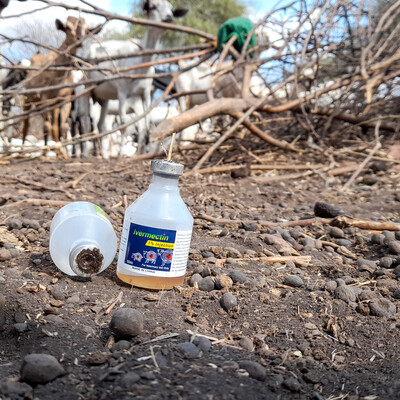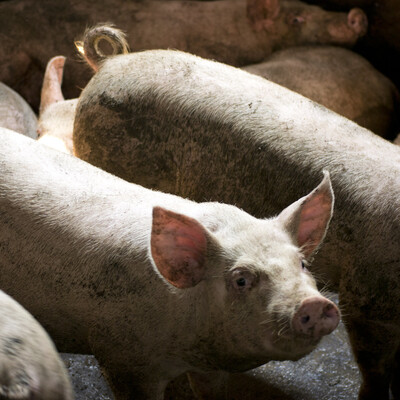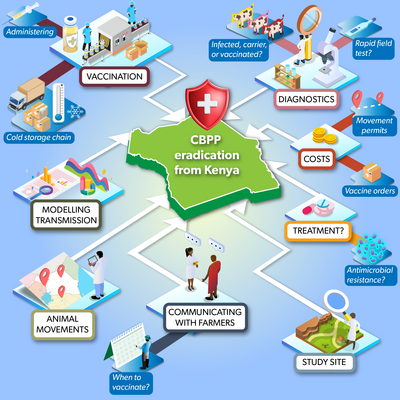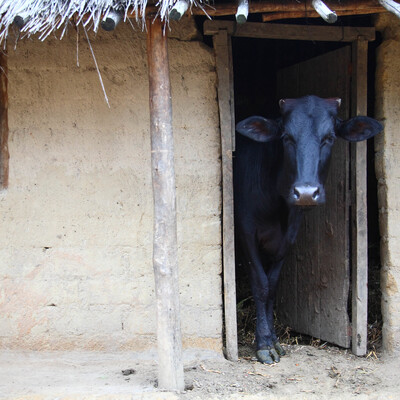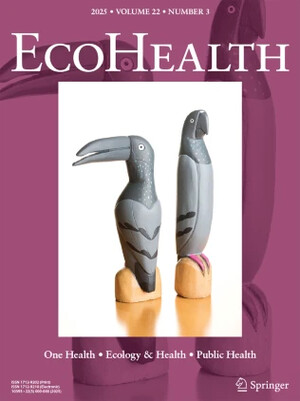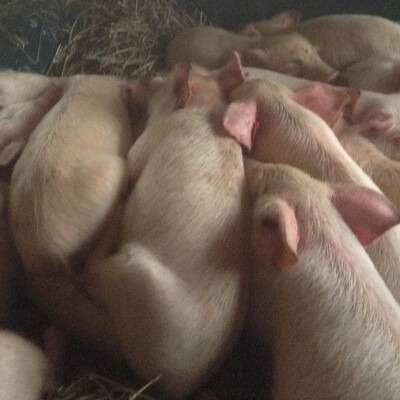
One Health Centre in Africa supports Burundi’s response to Rift Valley fever
On 10 April 2022, Burundi reported its first Rift Valley fever (RVF) outbreak and notified the World Organisation for Animal Health (WOAH) of the outbreak on 3 June 2022. The disease was first detected in Muyinga, Ngozi and Kirundo provinces in the northeast of the country and gradually spread southwards. Earlier, in March 2022, the East African Community (EAC) had issued an alert asking its member states to step up surveillance for infectious diseases, including RVF, after the heavy rains that had occurred in the region.
Rift Valley fever is a mosquito-borne zoonosis primarily affecting domestic animals (such as sheep, goats and camels). Humans get infected from direct or indirect contact with infected animals' blood, body fluids or tissues. In humans, the disease ranges from a mild flu-like illness to a severe haemorrhagic fever that can be lethal. The disease can cause significant economic losses when livestock are infected due to high mortality rates in young animals and waves of abortions in pregnant females.
The outbreak in Burundi occurred when the COVID-19 pandemic had already severely compromised the country's capacity to respond to health emergencies. At the time, Burundi had limited experience and inadequate infrastructure for deploying emergency responses, including the laboratory expertise to screen clinical samples.
On 14-17 June 2022, the International Livestock Research Institute (ILRI)-led One Health Research, Education and Outreach Centre in Africa (OHRECA) and the Regional Integrated Agricultural Development in the Great Lakes (PRDAIGL) projects, in partnership with the Burundi RVF Task Force, supported the training of five technical staff based at the veterinary laboratory, Bujumbura, on RVF virus (RVFv) diagnostics. The five-day training boosted theoretical and practical skills in RVFv diagnostics and screening of the samples collected from the field. The trainees tested blood, serum and tissue samples collected from suspected RVF cases in livestock.
The first day of the training covered the calibration of the Applied Biosystems real-time PCR machine used to detect the DNA of interest and quantify the amount of DNA present in a sample, storage conditions for enzyme-linked immunosorbent assay (ELISA) and associated kits for sample screening, and checks for the validity of ELISA results.
The second day focussed on extracting ribonucleic acid (RNA) material for RVF screening from 100 samples comprising 82 serum, six tissue, six tissue swabs, four nasal swabs, and two vaginal swabs collected from surveillance activities. The extracted material was stored in a -20 degrees Celsius freezer.
On the third day, the trainees were taken through the procedures of running conventional and real-time PCR analyses tests on extracted RNA material. Practical sessions involved the preparation of master mix reagents, evaluating the quality of extracted RNA, and setting agar gel electrophoresis to obtain PCR products for sequencing. They were also taken through the interpretation of the results. On the fourth day, training focused on preparing complementary DNA (cDNA) and preparing a master mix to obtain products for whole genome sequencing. Samples were also screened for Brucella spp for differential diagnosis of RVFv using PCR. The last day of the training was on data management.
Results indicated that 36% and 18% of the samples were positive for RVFv and Brucella spp, respectively. In addition, five out of six tissue swabs were positive for RVFv. Seven per cent of the samples were positive for both RVFv and Brucella spp. infections.
At the end of the training, practical recommendations for routine calibration of laboratory equipment, including pipettes, sample processing and analysis, were made. Plans were also made for whole genome sequencing for the RVF virus and Brucella spp bacteria, detected using Reverse transcription PCR (RT-PCR)-a sensitive and fast test for detecting specific genetic materials within a sample.
Acknowledgement
OHRECA is grateful to the RVF task force, Burundi, for allowing us to work with them in this training. The specific people we worked with were affiliated with the institutions that constitute the task force including the department of Veterinary Services, the Ministry of Health, and the Institut des Sciences Agronomiques du Burundi (ISABU). Many scientists and graduate fellows from ILRI also supported various activities. Reuben Mwangi and Richard Nyamota offered laboratory training with support from Josephine Birungi, head of technology at the biosciences labs at ILRI. Samson Konongoi and Mathew Muturi offered the Rift Valley fever (RVF) surveillance and response training targeting national officials. All these efforts were coordinated in-country by Lionel Nyabongo, the manager of PRDAIGL.
This work is funded by the German Federal Ministry of Economic Cooperation and Development (BMZ) through OHRECA.

Technical staff of the veterinary laboratory, Bujumbura being trained on Rift Valley fever virus (RVFv) diagnostics (photo credit: ILRI/Richard Nyamota).






